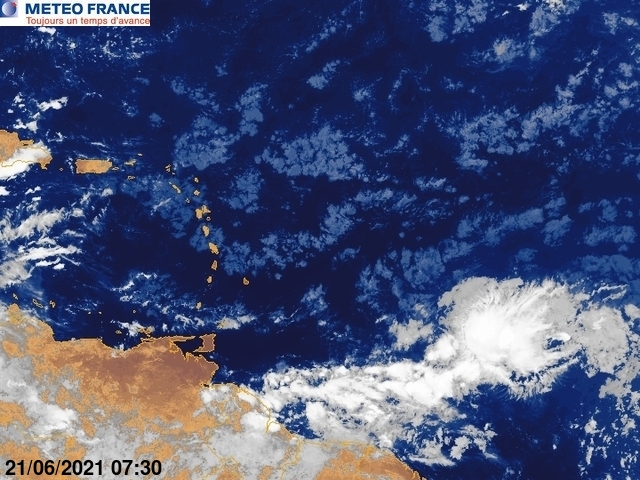Shewtinstar wrote:I am a bit confused. I was always under the impression that storms were supposed to be fueled by the heating of the sun and warm water. Erika seems to have it backwards. She dies during the day and fires during the cooler nights. What am I missing?

There is no heating from the sun over the oceans, as the ocean surface responds too slowly to the sun on a day to day basis (unlike the land which heats up significantly and enhances storms during the day). Temperatures over the oceans remain about the same from day to night. So over the ocean, there is a thunderstorm maximum that occurs at night (won't get into the reasons here). That's why you'll hear some here speak of a "diurnal max", implying that a disturbance's thunderstorm activity typically increases at night.
Erika's remnants reflect the residual vorticity (spin energy) which remained after the surface center died. This vorticity will continue to generate thunderstorms. However, the disturbance is moving into an environment that is increasingly hostile toward redevelopment (wind shear/dry air), so regeneration of a surface circulation is unlikely.













